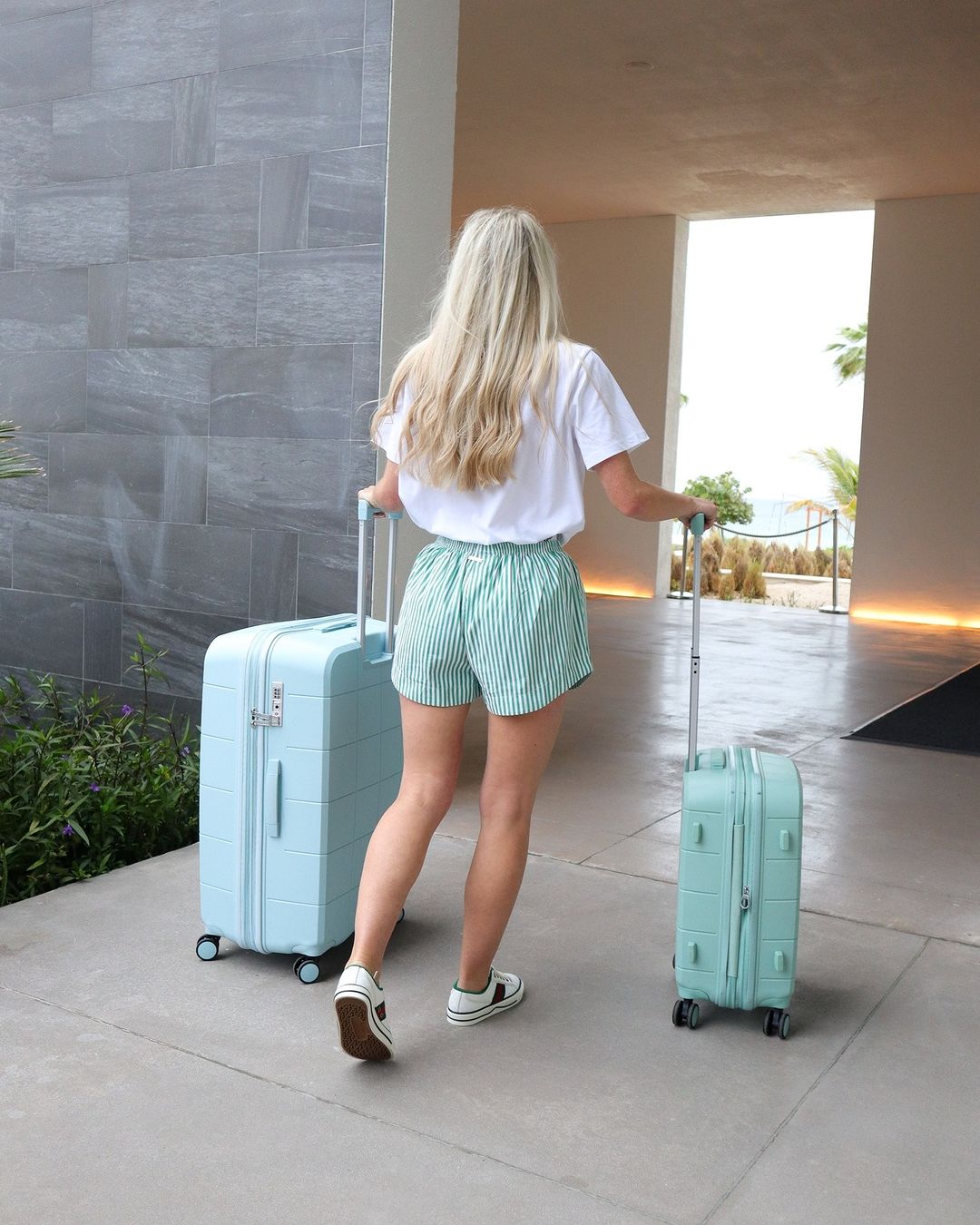
The Evolution of Luggage: From Trunks to Smart Suitcases
, by Carolina Batista, 3 min reading time

, by Carolina Batista, 3 min reading time
From the heavy wooden trunks of centuries past to today’s intelligent suitcases, luggage has continually adapted to the needs of travellers. Innovations in materials, design, and technology have enhanced convenience, security, and style. Understanding this evolution allows travellers to appreciate the thought and craftsmanship behind each piece, making luggage not just a necessity but a reflection of personal style and modern travel priorities.
Luggage is more than a travel necessity—it reflects culture, technology, and style. Over centuries, luggage has evolved from bulky trunks to lightweight, smart suitcases, enhancing convenience and transforming the travel experience. Understanding this evolution reveals how innovation shapes not only luggage but also modern travel habits.

In the 18th and 19th centuries, wooden trunks dominated travel. Often handcrafted from oak or pine and reinforced with metal, these trunks were sturdy enough to endure long voyages by ship or train. While heavy and cumbersome, trunks symbolised status and durability, making them the ultimate travel companion of the elite.
By the late 19th century, luggage began incorporating leather and canvas. These materials offered lighter weight, flexibility, and improved aesthetics. Leather-bound trunks and canvas travel bags allowed for more mobility, signalling a shift toward convenience without sacrificing style.

Wheels transformed travel in the 20th century. Initially simple and rudimentary, wheeled suitcases began appearing in the 1970s, reducing the physical strain of carrying luggage. The addition of handles and improved wheel designs made them increasingly popular among frequent travellers, setting the stage for modern innovations.
Hard-shell luggage emerged to provide extra protection for fragile items. Made from materials like ABS, polycarbonate, or polypropylene, these suitcases resisted impact while remaining lightweight. Hard-shell designs became a favourite for air travel, combining durability with style and security.

Soft-sided luggage remained popular for its flexibility and capacity. Expandable designs allowed travellers to adjust storage space according to trip requirements. Lightweight fabrics like nylon and polyester provided water resistance and ease of handling, appealing to casual and business travellers alike.
As airline travel became more prevalent, carry-on luggage gained importance. Compact, airline-compliant designs allowed travellers to avoid checked baggage fees and ensure their essentials remained close. Rolling carry-ons, organised compartments, and lightweight materials became industry standards.

The 21st century brought smart suitcases equipped with GPS tracking, USB charging ports, and digital locks. These innovations enhanced convenience, security, and connectivity for modern travellers. Smart luggage represents the intersection of technology and practicality, reflecting a growing demand for multifunctional travel solutions.
Sustainability has become a major focus in luggage design. Brands now use recycled plastics, eco-friendly fabrics, and durable materials to minimise environmental impact. Sustainable luggage caters to eco-conscious travellers without compromising style, strength, or functionality.

Modern travellers value luggage that reflects personality. From vibrant colours to monogrammed designs, personalisation options abound. Whether for business, leisure, or fashion, luggage now serves as a style statement as much as a functional necessity.
The future of luggage promises further innovation: AI-assisted packing, smart weight distribution, and advanced tracking systems. Lightweight, modular designs may redefine convenience, while eco-friendly materials will continue to dominate. Luggage evolution mirrors broader trends in travel, technology, and lifestyle, suggesting that adaptability will remain key.
From the heavy wooden trunks of centuries past to today’s intelligent suitcases, luggage has continually adapted to the needs of travellers. Innovations in materials, design, and technology have enhanced convenience, security, and style. Understanding this evolution allows travellers to appreciate the thought and craftsmanship behind each piece, making luggage not just a necessity but a reflection of personal style and modern travel priorities.

ON YOUR ORDER WHEN YOU SIGN UP FOR EMAIL